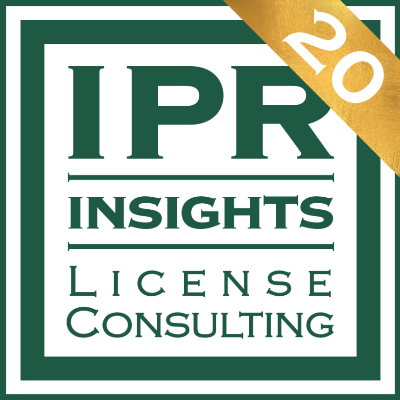Last week, the Gartner IT Symposium/Xpo 2022 took place in Orlando, where the research firm released its latest IT spending forecast. While the tone of the press release is rather optimistic, if we go back to the forecasts published in previous quarters, the picture is more nuanced, be even less encouraging.
The upward trend in the forecasts for total IT spending shows a steady decline in percentage terms and a decline in value terms in almost all quarters. Although the forecasts for the Enterprise Software category had improved until July, the dynamics have slowed down in the forecast just published.
| Forecast for Year 2022 | ||||||
| Oct 2021 | Jan 2022 | Apr 2022 | Jul 2022 | Oct 2022 | ||
| Enterprise Software | Billion $ | 670 | 672 | 675 | 807 | 790 |
| change (%) | 11.5 | 11 | 9.8 | 9.6 | 8 | |
| Total IT | Billion $ | 4,474 | 4,454 | 4,432 | 4,535 | 4,433 |
| change (%) | 5.5 | 5.1 | 4 | 3 | 0.8 | |

In addition, one should also consider that the increase in value can be partly attributed to price increases (for example, the continuous change in software licensing models) and, in the light of increasingly accurate facts, Gartner has also revised upwards the 2021 figures used as the basis for the 2022 forecasts, quarter by quarter.
With stagnant or barely growing budgets, optimization could be a more important tool in the hands of IT managers than ever before. The good news in the Enterprise Software category is that the room for action is generally greater than for hardware: optimizing the lifecycle management of licenses, minimizing over-licensing and unused shelfware, finding more favorable software sourcing models, etc.
In an earlier study, Gartner also stated that “Good software management can reduce software usage costs by 30%”, while another industry expert, IDC, said that “Software license complexity indirectly accounts for an average of 25% of an organization’s software licensing budget.” So it is worth getting assistance from licensing experts to develop the best software management practices – exploiting previously hidden opportunities and avoiding potential pitfalls to ensure that your company spends just as much, but only as much, on software as it really needs to.






































